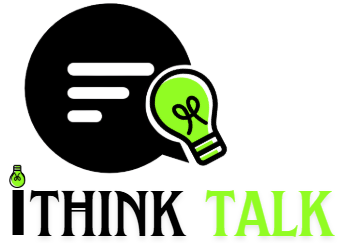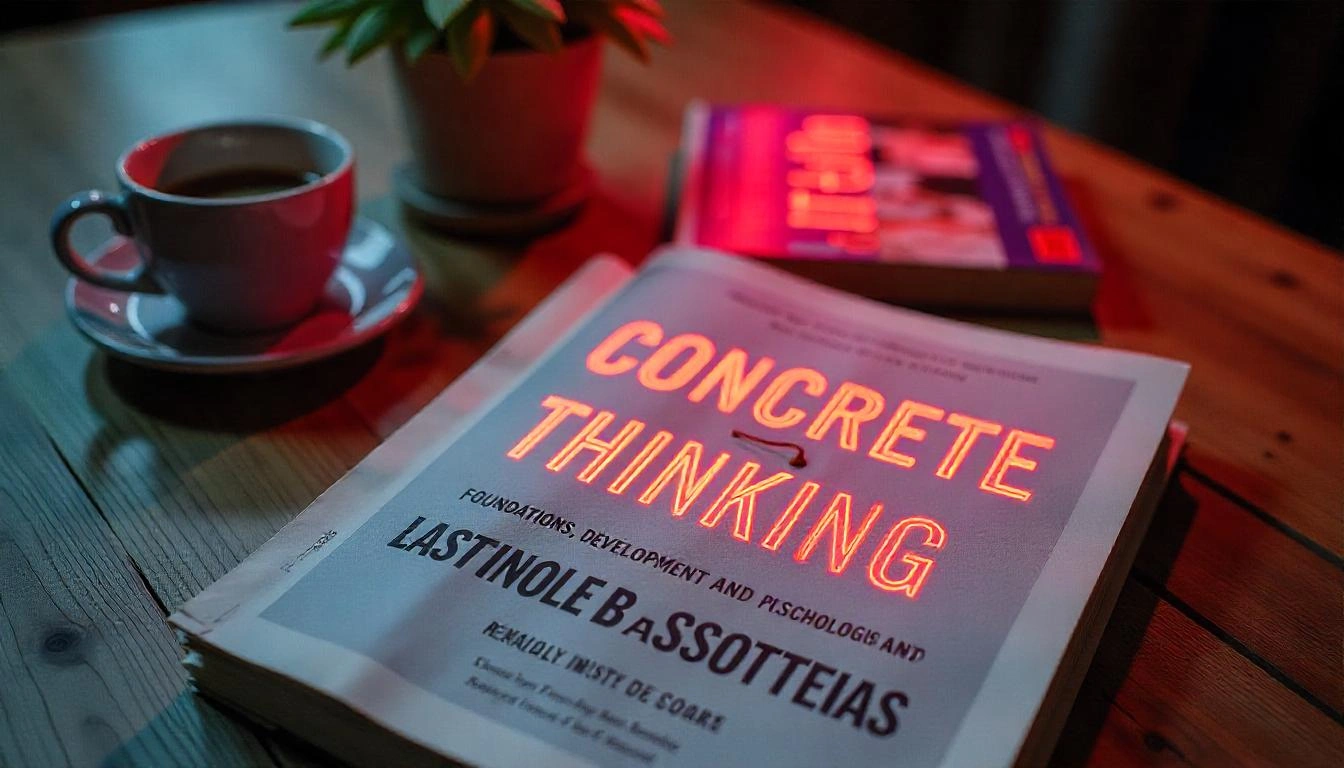In the study of human cognition, concrete thinking stands as one of the foundational ways individuals interpret the world. This mode of thought centers around the direct, literal understanding of facts and tangible experiences. Unlike abstract thinking, which involves interpreting symbolism, theoretical concepts, and metaphorical ideas, concrete thinking remains grounded in the observable and the here-and-now. For psychologists, educators, and therapists alike, understanding how and when individuals rely on concrete thinking is essential to supporting healthy cognitive and emotional development.
In this article, we’ll explore the characteristics of concrete thinking, compare it with abstract thinking, and highlight its relevance in childhood psychology and therapeutic settings such as Cognitive Behavioral Therapy (CBT).
What Is Concrete Thinking?
Concrete thinking refers to the cognitive process of interpreting and responding to information in a literal and straightforward manner. People who primarily think in concrete terms focus on facts, physical objects, and observable phenomena. This style of thinking involves minimal speculation, theory, or metaphor—prioritizing what can be seen, touched, or directly experienced.
For example, if you tell a child, “Don’t put all your eggs in one basket,” someone thinking concretely might interpret that as literal advice about eggs and baskets, missing the broader meaning about spreading risk. In contrast, an abstract thinker would grasp the metaphorical lesson implied in the phrase.
Concrete thinking is not inherently a deficit. Rather, it represents a stage in cognitive development and, for many individuals, a preferred or dominant cognitive style. It becomes especially prominent in early childhood, in certain neurodevelopmental disorders, or in contexts that require straightforward problem-solving.
Concrete vs. Abstract Thinking: Core Differences
To better appreciate concrete thinking, it’s helpful to juxtapose it with abstract thinking. While both are valid forms of cognition, they serve different purposes and reflect different levels of cognitive complexity.
| Concrete Thinking | Abstract Thinking |
| Literal interpretation | Interpretive and symbolic |
| Tied to sensory experience | Deals with ideas, theories, concepts |
| Common in early childhood | Develops later in adolescence/adulthood |
| Involves straightforward problem-solving | Involves reasoning, inference, and hypothesis |
| “A dog is a four-legged animal” | “Freedom is like a bird in flight” |
Concrete thinking allows for effective functioning in the immediate world. It helps individuals navigate routines, follow instructions, and solve direct problems. Abstract thinking, by contrast, enables people to engage in moral reasoning, philosophical debates, scientific theorizing, and artistic interpretation.
The Role of Concrete Thinking in Childhood Development
Concrete thinking is a hallmark of early cognitive development. According to Jean Piaget’s theory of cognitive stages, children typically move through a stage called the concrete operational stage between ages 7 and 11. During this period, children begin to think logically, but their logic is limited to tangible and concrete events.
Characteristics of the Concrete Operational Stage:
- Conservation: Children understand that quantity doesn’t change even when appearance does (e.g., water in differently shaped glasses).
- Classification: They can sort objects into categories based on shared properties.
- Seriation: They begin to order items logically (e.g., arranging sticks by length).
- Reversibility: They understand that actions can be reversed (e.g., a flattened ball of clay can return to its original shape).
However, despite these gains in logic, abstract reasoning is still out of reach during this stage. If asked to consider hypothetical situations or symbolic analogies, a child in this stage often struggles. For instance, when told a story with a moral metaphor—“The early bird gets the worm”—a child may focus on birds and worms instead of understanding the lesson about punctuality or initiative.
It is only during the formal operational stage, which typically begins around age 12, that abstract reasoning capabilities begin to fully emerge. At this point, adolescents can ponder hypothetical situations, challenge underlying assumptions, and consider multiple perspectives.
Understanding where a child stands in this cognitive spectrum helps parents, educators, and clinicians to set realistic expectations and provide developmentally appropriate support.
Concrete Thinking in Clinical and Therapeutic Contexts
Concrete thinking also has significant relevance in mental health and therapeutic practices, especially within the framework of Cognitive Behavioral Therapy (CBT). While abstract reasoning can be beneficial for introspection and planning, it can also be a double-edged sword—allowing distorted thoughts or irrational beliefs to take root. Concrete thinking, in contrast, can serve as a grounding tool.
CBT and Concrete Thinking
CBT often teaches clients to examine thoughts as data rather than as facts. One strategy involves helping individuals reframe their beliefs by returning to observable evidence—an approach that taps into concrete thinking. For instance, someone with social anxiety may have an abstract fear like, “Everyone thinks I’m awkward.” A therapist might guide them to consider: “What specific behaviors or feedback make you believe this? Can you point to an instance where someone directly said that?” This approach helps the client shift from emotional overgeneralization to concrete observation.
Similarly, when working with clients who struggle with overwhelming emotions or intrusive thoughts—common in conditions like anxiety or depression—CBT encourages the use of behavioral experiments. These experiments rely on clear, observable outcomes. A client might be asked to test the belief “If I go to a party, I will be rejected” by attending and recording what actually happens. This data-driven process appeals to concrete reasoning and can help weaken irrational, abstract fears.
Neurodevelopmental Considerations
Certain psychological and developmental conditions are also characterized by a predominance of concrete thinking. For example:
- Autism Spectrum Disorder (ASD): Many individuals with ASD may interpret language literally and have difficulty understanding idioms, jokes, or figurative speech.
- Schizophrenia: Concrete thinking can sometimes appear as a symptom of thought disorder, where patients struggle to process metaphorical or symbolic language.
- Trauma or Cognitive Decline: Individuals who have experienced trauma or those with cognitive impairments may also revert to more concrete modes of thought as a coping or neurological response.
In these contexts, professionals must tailor their communication accordingly. Using clear, direct language and minimizing metaphors can help improve understanding and engagement.
The Value of Concrete Thinking in Everyday Life
While abstract thinking is often associated with intelligence or creativity, it’s important not to undervalue concrete thinking. Everyday life demands a balance of both. Planning a budget, assembling furniture, following a recipe, or learning to drive—all require concrete, sequential thinking.
Moreover, professions that rely on precise procedures—such as engineering, nursing, law enforcement, or manufacturing—benefit greatly from individuals who can stay grounded in the concrete. In many high-stakes environments, the ability to interpret instructions literally and execute them precisely is a strength, not a limitation.
Conclusion
Concrete thinking is more than just a developmental phase or clinical symptom; it’s a fundamental cognitive style that plays a critical role across the lifespan. From helping children make sense of their physical world to providing a therapeutic anchor in mental health treatment, this mode of thought supports stability, clarity, and function.
Understanding how and when concrete thinking is most effective can help parents, educators, and clinicians meet people where they are—and build the cognitive scaffolding necessary for more complex, abstract reasoning. In a world that often glorifies big-picture thinking, it’s worth remembering that sometimes, focusing on the facts in front of us is the clearest path forward.
For a unique perspective on how pop culture reflects human behavior and cognition, check out this feature on ‘I Think You Should Leave’ merch.





